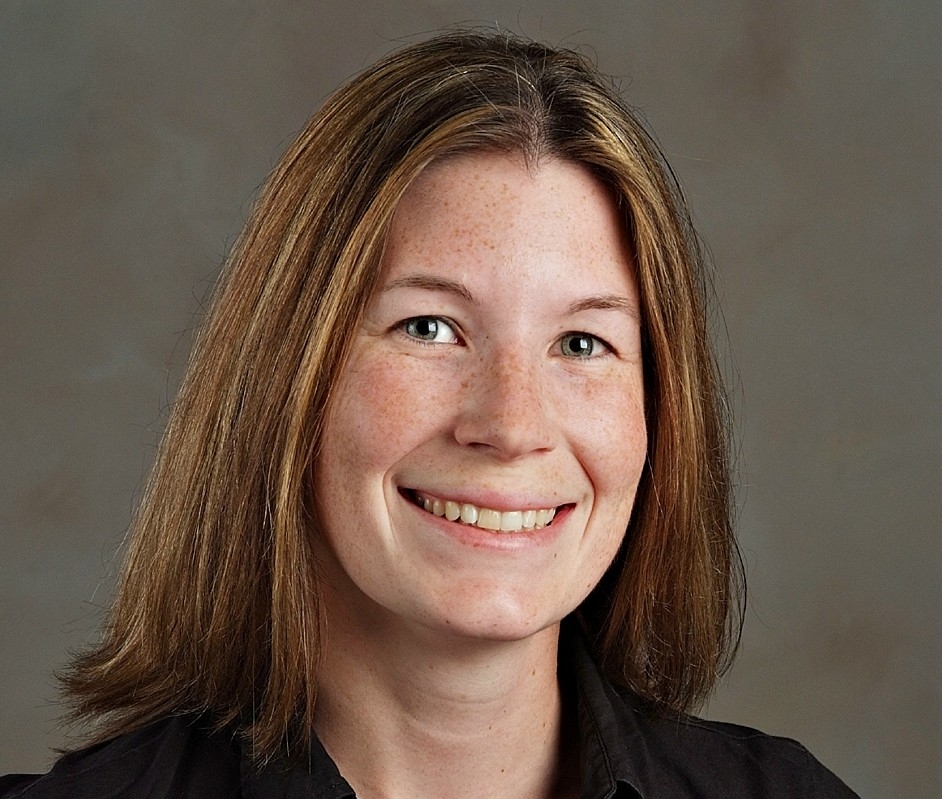
Features
Energy
Management
Dirty electricity affecting the agricultural industry
February 1, 2013 By Brandi Cowen
 Lisa Brodeur is a quality assurance supervisor at 360 Energy.
Lisa Brodeur is a quality assurance supervisor at 360 Energy. Dirty electricity is a term we are hearing more often, in particular if you live in rural Ontario, Michigan or Wisconsin. Stray voltage from electrical lines and substations may have a direct impact on human, animal and possibly plant health in the rural community.
While stray electrical voltages have been documented and are believed to have negative impacts on milk production in cows, they are often dismissed as not having any harmful health effects on humans. Health authorities often discount people’s claims as unproven – the default position for health issues.
The core issue being addressed is the overtaxing of rural electrical lines in Ontario and elsewhere, as they were established years ago, prior to all the technology that is now being implemented in homes and in barns and greenhouses as well. If you go into any modern day agricultural operation, you will find a significant amount of automation required to maintain daily operations, all running off the electrical grid. Currently in most rural areas of Ontario, there is only one single neutral electrical line. This means there is insufficient capacity for the return current going back to the transformer. The solution has been to place a ground wire on every third electrical pole, rather than establishing a second neutral line. Unfortunately the ground is still a medium from which electricity can be transmitted, causing electrical charges to be transferred to buildings, including homes, barns, workshops and greenhouses. This can harm both the livestock and humans that occupy these areas. Similar issues are being reported in Michigan and Wisconsin, and California is now banning its electrical companies from using the earth as a ground for their systems.
Stray voltages can wreak havoc in a greenhouse setting. Any metal items in the facility may take on a charge. This could damage plants in the early stages and have latent effects later in the growth cycle. It could cause plants to have smaller, thinner leaves with less patterning than they should. Longer term, even if the source of stray voltage is removed, it could prove to affect the size of the leaves on plants. Side effects on humans are being documented due to the increase in stray voltage. Many of the same side effects are being documented through the use of wireless technologies, which could also prove to be harmful to plants.
The use of renewable energy, wind turbines and solar farms in rural areas is now being investigated as well, as some of the health effects that have been mentioned in the past are now being connected to stray voltage tied to electricity coming from these renewable sources. Wind turbines connect to the grid to light, heat and cool the equipment. This places additional pressure on the electrical system, exacerbating the problem with additional ground currents. In addition, the DC to AC inverters that are being used allow for dirty electricity to flow from the source through the neutral wires and into homes and agricultural operations. They often do not produce a clean 60hz sine wave, which would require them to pass through a substation to be cleaned up. However, the neutral line that connects the renewable generator to the grid allows for the dirty electricity to be passed back to the grid and contaminate the electricity being used by others connected to the grid, since it carries dirty power until it is cleaned up at the substation.
The long and the short of it is, if you live in a rural area near a wind or a solar farm, it would be worth your time to have the electrical frequency coming into your buildings checked to ensure you don’t have any issues. If you are currently noticing any adverse health effects in either yourselves, your crops or your animals, it would be prudent to have a study completed and ensure there are no high frequency electrical waves impacting your operations or your health.
Lisa Brodeur is a quality assurance supervisor at 360 Energy.
Print this page